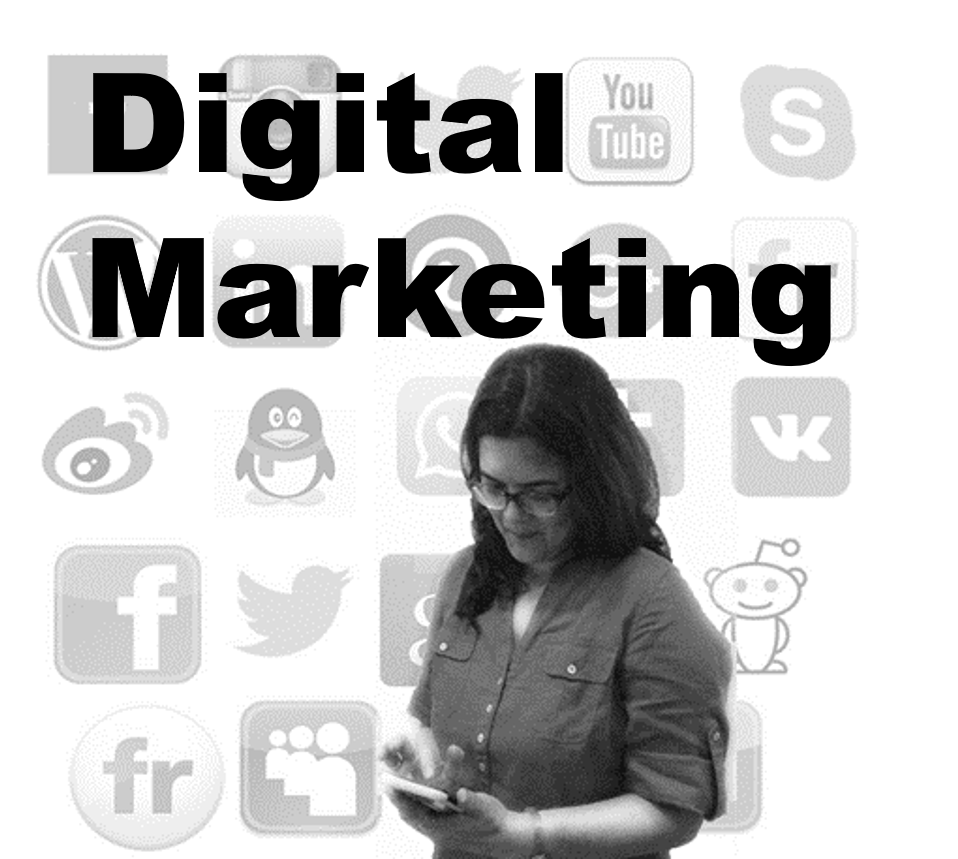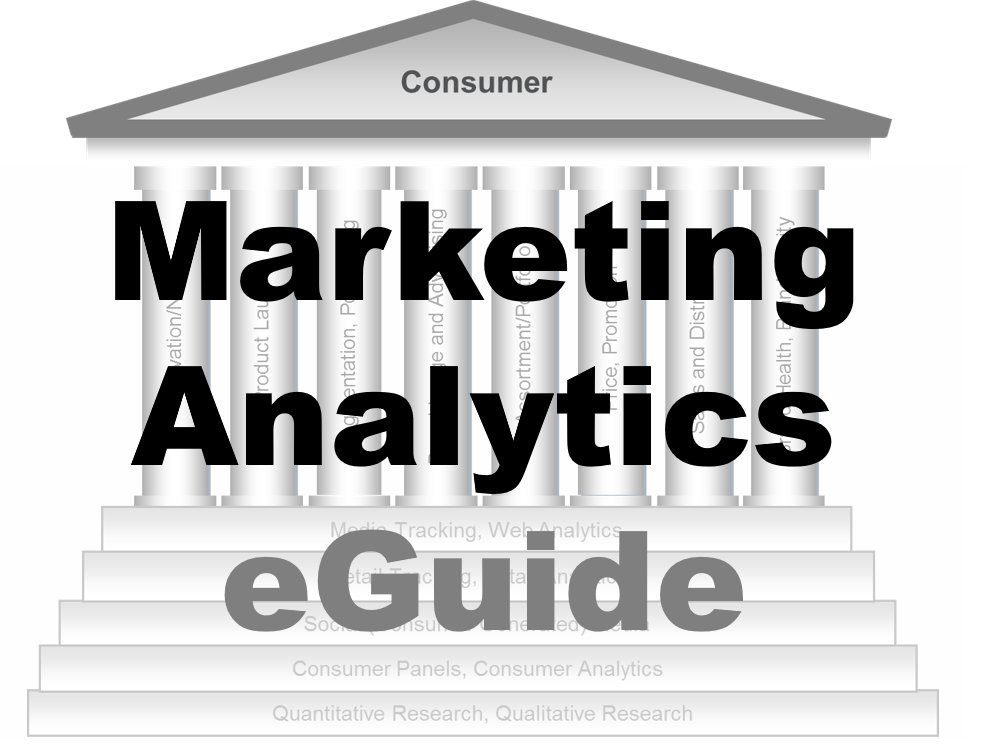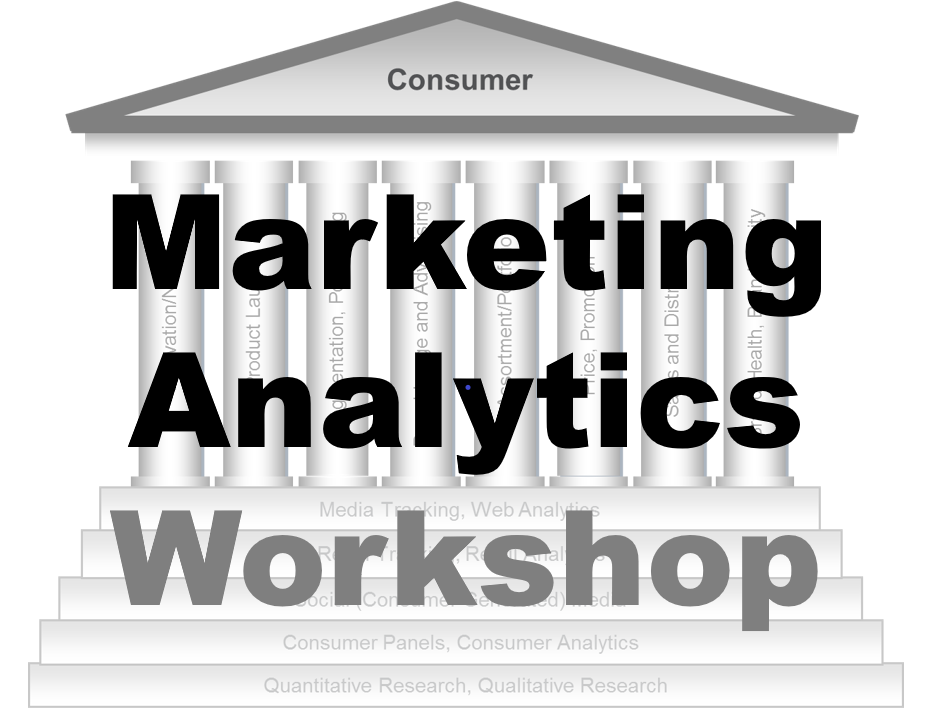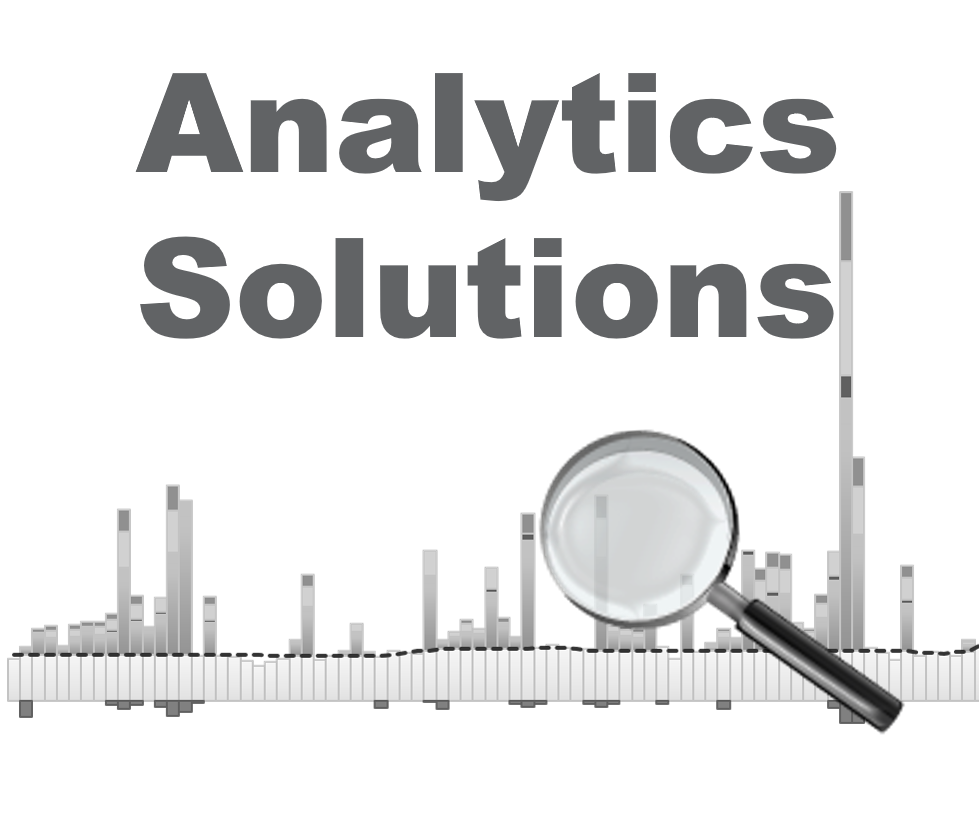-
Basic Statistics
Basic Statistics
Probability Theory
Mutually Exclusive Events and Overlapping Events
Objective and Subjective Probabilities
Conditional (Posterior) Probability
Independent Events
Law of Total Probabilities
Bayes Theorem
Discrete Probability Distribution
Binomial Distribution
Poisson Distribution
Relationship between Variables
Covariance and Correlation
Joint Probability Distribution
Sum of Random Variables
Correlation and Causation
Simpson’s Paradox
Continuous Probability Distributions
Uniform Distribution
Exponential Distribution
Normal Distribution
Standard Normal Distribution
Approximating Binomial with Normal
t-test
Hypothesis Testing
Type I and Type II Errors
Statistical Significance and Practical Significance
Hypothesis Testing Process
One-Tailed — Known Standard Deviation
Two-tailed — Known Standard Deviation
One-Tailed — Unknown Standard Deviation
Paired t-test
ANOVA
Chi-Square (χ2)
Regression
Simple Linear and Multiple Linear Regression
Least Squares Error Estimation
Overview
Sample Size
Choice of Variables
Assumptions
Normality
Linearity
Dummy Variables
Interaction Effects
Variable Selection Methods
Issues with Variables
Multicollinearity
Outliers and Influential Observations
Coefficient of Determination (R2)
Adjusted R2
F-ratio: Overall Model
t-test: Coefficients
Goodness-of-fit
Validation
Process
Factor Analysis
- Basic Statistics
- Sampling
- Marketing mix Modelling
Coronavirus — What the metrics do not reveal?
Coronavirus — Determining death rate
- Marketing Education
- Is Marketing Education Fluffy and Weak?
- How to Choose the Right Marketing Simulator
- Self-Learners: Experiential Learning to Adapt to the New Age of Marketing
- Negotiation Skills Training for Retailers, Marketers, Trade Marketers and Category Managers
- Simulators becoming essential Training Platforms
- What they SHOULD TEACH at Business Schools
- Experiential Learning through Marketing Simulators
-
MarketingMind
Basic Statistics
Basic Statistics
Probability Theory
Mutually Exclusive Events and Overlapping Events
Objective and Subjective Probabilities
Conditional (Posterior) Probability
Independent Events
Law of Total Probabilities
Bayes Theorem
Discrete Probability Distribution
Binomial Distribution
Poisson Distribution
Relationship between Variables
Covariance and Correlation
Joint Probability Distribution
Sum of Random Variables
Correlation and Causation
Simpson’s Paradox
Continuous Probability Distributions
Uniform Distribution
Exponential Distribution
Normal Distribution
Standard Normal Distribution
Approximating Binomial with Normal
t-test
Hypothesis Testing
Type I and Type II Errors
Statistical Significance and Practical Significance
Hypothesis Testing Process
One-Tailed — Known Standard Deviation
Two-tailed — Known Standard Deviation
One-Tailed — Unknown Standard Deviation
Paired t-test
ANOVA
Chi-Square (χ2)
Regression
Simple Linear and Multiple Linear Regression
Least Squares Error Estimation
Overview
Sample Size
Choice of Variables
Assumptions
Normality
Linearity
Dummy Variables
Interaction Effects
Variable Selection Methods
Issues with Variables
Multicollinearity
Outliers and Influential Observations
Coefficient of Determination (R2)
Adjusted R2
F-ratio: Overall Model
t-test: Coefficients
Goodness-of-fit
Validation
Process
Factor Analysis
- Basic Statistics
- Sampling
- Marketing mix Modelling
Coronavirus — What the metrics do not reveal?
Coronavirus — Determining death rate
- Marketing Education
- Is Marketing Education Fluffy and Weak?
- How to Choose the Right Marketing Simulator
- Self-Learners: Experiential Learning to Adapt to the New Age of Marketing
- Negotiation Skills Training for Retailers, Marketers, Trade Marketers and Category Managers
- Simulators becoming essential Training Platforms
- What they SHOULD TEACH at Business Schools
- Experiential Learning through Marketing Simulators
Hypothesis Testing Process
Hypothesis tests are classified as one-tailed or two-tailed tests. The one-tailed test specifies the direction of the difference, i.e., the null hypothesis, H0, is expressed in terms of the equation parameter ≥ something, or parameter ≤ something.
For instance, in a before and after advertisement screening test, if the ad is expected to improve consumers’ disposition to try a new brand, then the hypothesis may be phrased as follows:
H0: null hypothesis: Dafter ≤ Dbefore
HA, research hypothesis: Dafter > Dbefore
Where D is the disposition to try the product, expressed as the proportion of respondents claiming they will purchase the brand.
If the direction of the difference is not known, a two-tailed test is applied. For instance, if for the same test, the marketer is interested in knowing whether there is a difference between men and women, in their disposition to buy the brand, the hypothesis becomes:
H0: null hypothesis: Dmale = Dfemale
HA, research hypothesis: Dmale ≠ Dfemale
The standard process for hypothesis testing comprises the following steps:
- H0, HA: State the null and alternative hypothesis.
- α: Set the level of significance, i.e., the type I error. For most research studies this is set at 5%.
- Test statistic: Compute the test statistic. Depending on the characteristics of the test this is either the z-score (standard score), the t-value, or the f-ratio.
- p-value: Obtain the p-value by referencing test statistic in the relevant distribution table. The normal distribution is used for referencing the z-score, t distribution for the t-value and the f distribution for the f-ratio.
- Test: Accept the research hypothesis HA (reject H0) if p-value < α.
Each of the test statistics is essentially a signal-to-noise ratio, where the signal is the relationship of interest (for instance, the difference in group means), and noise is a measure of variability of groups.
If a measurement scale outcome variable has little variability it will be easier to detect change than if it has a lot of variability (see Exhibit 34.19). So, sample size is a function of variability (i.e., standard deviation).
A z-score (z) indicates how many standard deviations the sample mean is from the population mean.
$$ z = \frac{\bar x-μ}{s/\sqrt n} $$Where x̄ is the sample mean, μ is the population mean, and σ=s/√n is the sample standard deviation (refer CLT), and s is the standard deviation of the population.
Details of the t-test are provided in the section t-test, and the f-ratio is covered in the section ANOVA.
Note: The data analysis add-in in excel provides an easy-to-use facility to conduct hypothesis z, t and f tests. P-value calculators are also available online, for instance, at this Social Science Statistics webpage.
Previous Next
Use the Search Bar to find content on MarketingMind.
Contact | Privacy Statement | Disclaimer: Opinions and views expressed on www.ashokcharan.com are the author’s personal views, and do not represent the official views of the National University of Singapore (NUS) or the NUS Business School | © Copyright 2013-2025 www.ashokcharan.com. All Rights Reserved.





